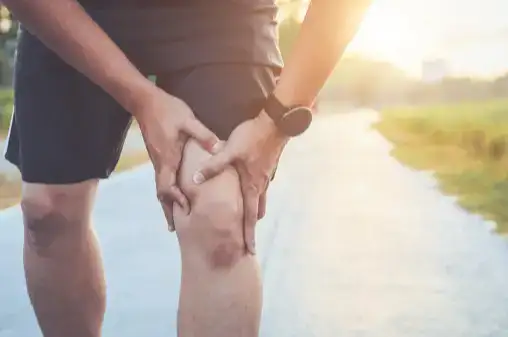
Is It Safe To Get PRP Therapy For Joint Pain?
If you are troubled with osteoarthritis, the gradual wearing of the joint bones protective cartilage, or rheumatoid arthritis, in which our immune system targets healthy tissues in our joints. You may probably rely on medication to avoid the pain associated with it and can then get through the day. But if you do not like the idea of being on drugs for the long-term due to the potential side-effects they can cause, we may have an edge-cutting solution for you to counter your joint pain problems.
You may have heard about how athletes overcome serious injuries by accelerating healing with the use of edge-cutting injections of platelet-rich plasma therapy. A question may arise in your head, that is it right for you? If Pain Management Therapy Arizona can benefit athletes like professional basketball players, repair ligaments, and even bone, could it help normalize and heal your joint tissues?
Pain Management Doctors in Phoenix, and rheumatologists, consider PRP for osteoarthritis, rheumatoid arthritis, and other sorts of joint pain. PRP Injection Therapy Phoenix works with your own body’s repairing mechanism to heal your joints so that they stop hurting you anymore.
The process to obtain PRP from blood:
Once the Pain Management Doctors in Phoenix determine that you can get benefited from joint pain through PRP, the process begins with a simple blood draw through your body. The physician uses an injection to take a few tablespoons of blood from arm arteries. Then the blood is processed in a specialized, sterile centrifuge that aparts the plasma from the solids, and then further separates the small cell fragments known as platelets.
Platelets are plate-shaped cell fragments that are rich in growth factors. When the blood is injected back, your body naturally rushes blood to the site of injury, and you may observe swelling after you have been cut or bruised. The platelets present in your blood coagulate to prevent the blood loss and start the healing process by triggering your body to rebuild tissue. Pain Management Doctors in Phoenix make super-concentrate healing platelets by mixing them back into a small amount of your plasma. The product obtained (PRP) has up to ten times the volume of platelets as non-concentrated blood. PRP is a biologically compatible therapy which is not rejected by your body because it is made from your own blood and also generates no side effects.
Inflammation: Get PRP shorts
The mixture is directly injected at the site of your pain when it is ready. When this rich plasma is injected it triggers the growth factor, and your body starts making fibroblasts and endothelial cells, which results in the reduction of inflammation. Furthermore, PRP helps your body to produce healthy new blood vessels, increasing circulation to the area to accelerate repair and flush away waste materials.
Helps in the regeneration of damaged tissue
Our body operates in a way that fixes damaged tissues itself, but when you get a wicked or swollen injury in your joints, your body can not combat it. PRP Injection Therapy Phoenix boosts up the healing process so that your body can recover from the damage by itself and boost the repair. According to numerous Pain Management Doctors in Phoenix, PRP can help you regenerate cartilage that has been degraded by arthritis.
Say bye-bye to joint pain:
As we know, PRP is a regenerative therapy that promotes your body to repair itself. You can retrieve mobility and get rid of the pain in the joint over a week or months after the treatment. You can see instant effects and feel the difference in how you feel in just a few weeks. The body will keep on improving day by day and continues to form healthy new tissues over the next six months. Both men and women with hiked joint pain issues need a series of Pain Management Therapy in Arizona to get benefits and achieve the results they seek. We strongly recommend having yearly follow-ups for regulating your joints and maintaining them to be healthy.

Recent Comments